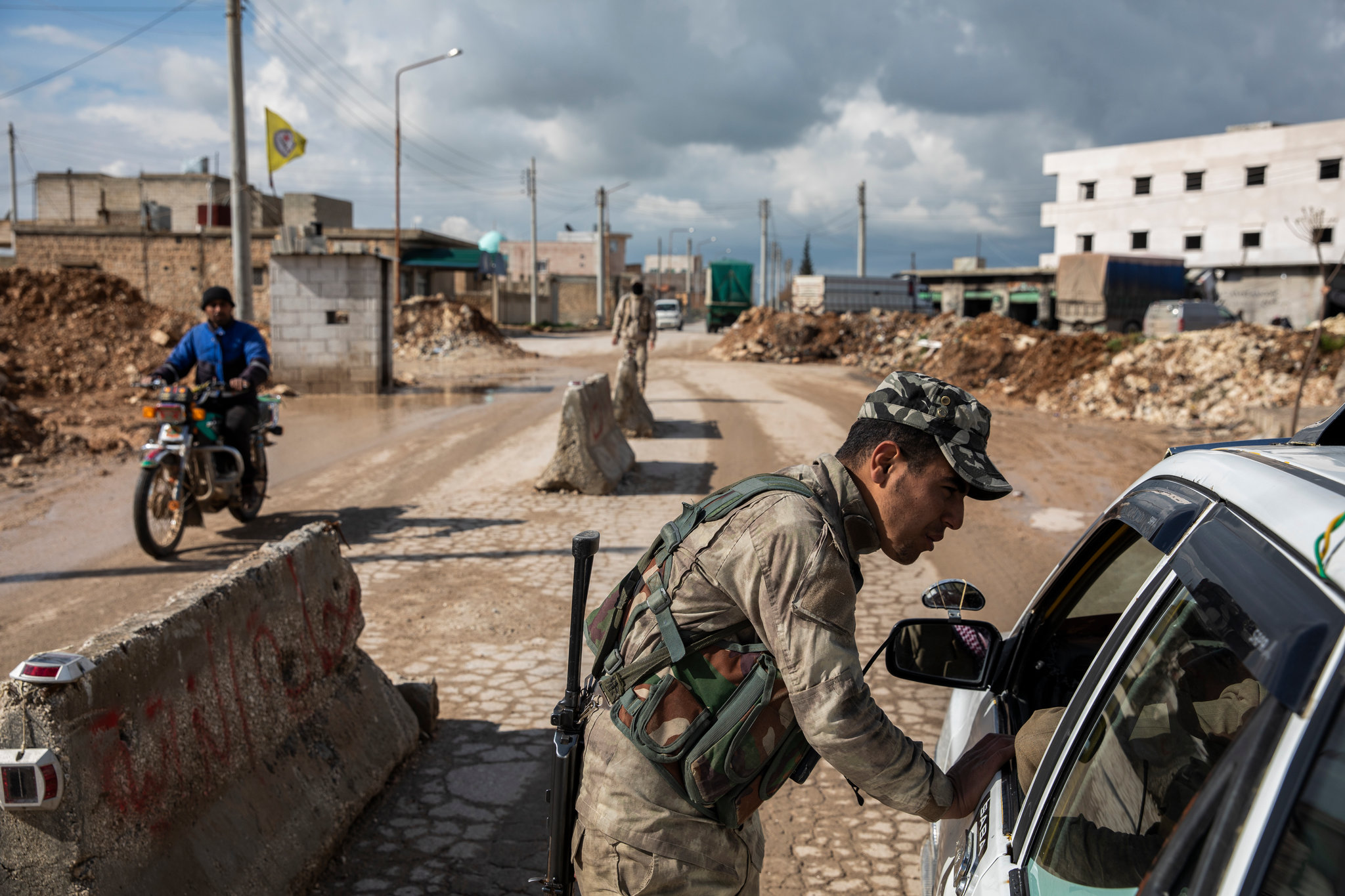Mustafa Kamel
ISIS remnants and cells are trying to follow a new strategy in western and northern Iraq that relies on night attacks and ambushes executed after studying the areas.
Despite Iraqi security carrying out extensive campaigns in the governorates of Nineveh, Anbar, Diyala, Salah al-Din and the suburbs of Baghdad since the beginning of this year, the rate of attacks by the terrorist organization is increasing, as ISIS has resorted to booby-trapping dens and headquarters in the western desert and mountainous areas, as well as cars to bait the Iraqi forces.
The group’s attacks in recent weeks indicate a clear change in the method of attacks and the types of targets, especially after the recent attacks near Baghdad, which is a plan of attrition for the Iraqi forces, to keep them in a state of alert and to continue to inflict losses among their ranks.
Attempts to reemerge
ISIS has been working since March 2020 to produce offensive activities that destabilize security in the western and northern regions of Iraq, especially since these areas represented its official influence during the days of its so-called caliphate, as it moved in the desert area separating Diyala and Salah al-Din provinces, the areas of Lake Tharthar, Zawiya and Tarabsha, north of Anbar governorate, the western and southern regions of Kirkuk governorate, and Kanaws Island and Zankuba, south of Nineveh governorate, next to the geographical triangle linking the north of Baghdad with the governorates of Kirkuk, Diyala and Salah al-Din.
During the second half of 2020, the terrorist organization carried out about 23 attacks, killing 493 civilians and security forces, according to Iraqi official media, and these attacks were focused in the governorates of Salah al-Din and Anbar, which are the center of the Iraqi Heroes operation launched by the Iraqi authorities in four stages.
A research paper prepared by the Emirates Policy Center, entitled “The Strategy of ISIS in Iraq”, stressed that the organization is intending to intensify its terrorist operations within the liberated area in the west and north of the country in an effort to retake the lands and prove its presence in the country, under a fierce confrontation with the Iraqi forces.
Failure to return
According to the research paper, the organization’s attempts to revive its previous existence were unsuccessful as a result of its exposure to severe strikes and the Iraqi Heroes operations, as all ISIS cell members were arrested in the Al-Alam district in Salah al-Din governorate, a cell that financed various terrorist operations inside the governorate. Fifteen militants were killed with the support of the International Coalition air force in the Hawija district, south of Kirkuk, while an ISIS cell was arrested in the same district, and this cell was concerned with providing weapons to ISIS members in the governorate. In addition, ISIS locations in the Hamrin and Makhoul mountains in northern Salah al-Din were targeted with the support of the international coalition.
On November 9, 2020, the official media of the joint operations confirmed that a number of ISIS field commanders were killed during the operations, in addition to taking control of the geographical line linking the governorates of Diyala, Kirkuk and Salah al-Din, a line that ISIS used to invest a lot in attacking.
Among the prominent ISIS leaders arrested were a military official of Nineveh province named Abu Musab, logistical officials named Abu Sufyan and Abu Khattab, the administrative emir of the state of Al-Jazirah and the Badia in Zummar, and the head of the organization’s delegated committee named Abdel Nasser al-Qardash, as well as the organization’s administrative official named Abu Naba, who was arrested at Baghdad International Airport.
The research paper confirmed that ISIS suffered heavy losses under the leadership of its new leader, Abu Ibrahim al-Qurashi, in addition to the organization losing many of its field intelligence elements, especially in Anbar and the regions north of Baghdad, which exposed it to great defeats by Iraqi security.
Serious confrontations
The government of Iraqi Prime Minister Mustafa al-Kadhimi is trying to coalesce the ranks of the joint forces, which are made up of the Iraqi army, the Counter-Terrorism Service, and the Popular Mobilization and Tribal Mobilization Forces, in the face of the security challenges they face in cities that ISIS is trying to destabilize, as the Iraqi armed forces relied on the intelligence factor as a prelude to attack the organization, which led to the participation of the National Intelligence Service in various operations.
Observers confirm that ISIS now has plans to stay and deploy against the security forces on all fronts, noting that it is taking advantage of the lack of coordination between the Iraqi army forces and the Kurdish Peshmerga forces in the disputed areas in northern Iraq and the lack of secure borders, giving ISIS the ability to continue to move throughout the barren land.








































admin in: How the Muslim Brotherhood betrayed Saudi Arabia?
Great article with insight ...
https://www.viagrapascherfr.com/achat-sildenafil-pfizer-tarif/ in: Cross-region cooperation between anti-terrorism agencies needed
Hello there, just became aware of your blog through Google, and found ...